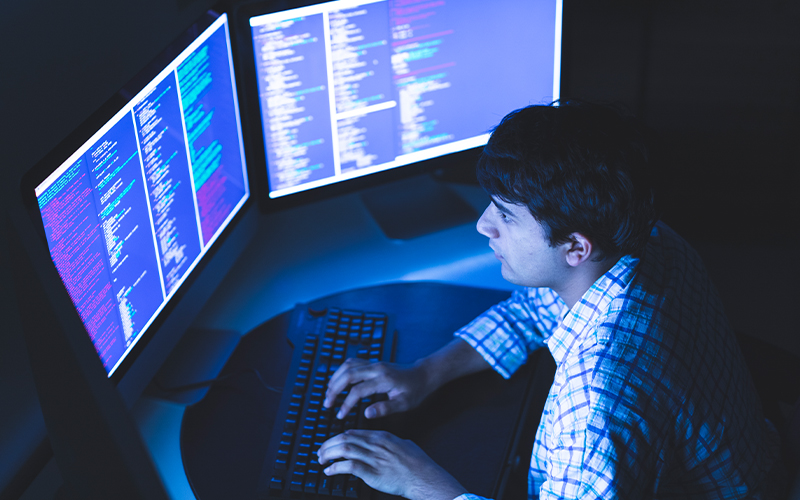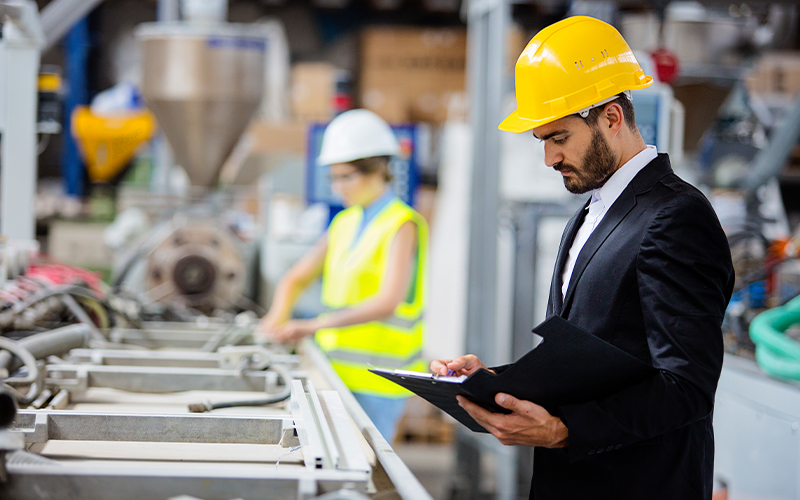Annotation Services
Artificial intelligence in physical security systems
Artificial intelligence (AI) has played a pivotal role and brought in substantial improvements in healthcare, manufacturing, transportation, e-commerce, and most importantly, security systems for all sectors. Many global organizations across diverse business sectors have invested in AI-based R&D to explore the various possibilities for potential overall improvement. At the heart of it, this R&D aims at improving human lives and finding more effective ways of doing business. AI helps in both objectives by enhancing customer services and removing human errors to achieve near-perfect proportions.
Turning our attention to security systems, we see that true to the above objectives, AI is making slow and steady inroads into both cybersecurity and physical security systems, AI and machine learning (ML) are critical in this field as they have the speed and agility* to quickly analyse millions of events and identify vulnerabilities and possible attacks on enterprise systems. A major differentiating factor is that unlike static data analytics, AI-based systems learn and get smarter as they analyse more data. Threat detection and incident responses are two main areas in which AI is improving the field of cybersecurity. Here, we focus on the utility of AI in physical security systems.
Closed-circuit televisions (CCTVs) are the most common physical security systems, and as part of the infrastructure, video cameras are placed at specific spots to track events. However, often when CCTV footage is needed, the inefficiency of these CCTV installations stand out. A significant amount of efficient human monitoring was often needed for CCTV footage to be useful. Fatigue, inability to recognise threats and distractions inevitably compromised the quality of human monitoring. This is where AI comes in. Continuous monitoring of camera input by AI-based software ensures that alerts are sounded for suspected intrusions. The alerts prompt responses and thus prevent mishaps. AI CCTVs thus empower proactive surveillance and lead to quick responses in case of suspected breaches.
The technology
AI CCTV cameras use an AI layer that analyses the raw video input. The technology used is called Video Content Analytics (VCA).
VCA has been around since the 1990s with Video Motion Detection (VMD)-based applications to detect suspicious activities by monitoring movement in video streams. Example use cases are identifying abandoned baggage at airports, monitoring store entrances and exits during non-working hours, etc. However, over time, the false alarms generated by VMD and the associated costs posed a challenge. For example, even an animal hovering near the door could trigger an alarm.
A branch of ML known as deep learning makes these systems more intelligent. Deep learning is a set of algorithms that involve neural networks that have the capability of learning. The machine is shown a group of images and made to learn from it in a phase called training. Once trained, these systems become proficient enough to make intelligent inferences from each new set of data they get to study. Thus, the system achieves artificial intelligence with the help of AI image annotation. This technology trains VCA software to detect, identify, and distinguish various objects in the video by exposing them to many tagged examples through annotation services.
Also, another AI field, computer vision, helps extract data such as absolute speed and size, colour, direction, path, and area from these video inputs. VCA efforts focused on this extracted data obtained through AI image annotation give more accurate results.
VCA application areas
VCA performs tasks such as detection, segmentation, tracking, recognition, and classification. Law enforcement agencies use this technology for facial detection and recognition to investigate crimes. This technology also helps auto-recognition of people on watch lists for possible breaches. Law enforcement officers wearing intelligent body cameras with real-time threat detection can improve the efficiency of crime prevention. Another scenario is using drones enabled with this technology for surveillance in specific locales, for checking suspicious activities. VCA can help in reducing the number of patrolling personnel.
Another area that VCA can be helpful is traffic and road safety management. Auto-detection of specific objects using VCA can spot traffic violations such as riding without helmet, unauthorized parking, breaking lane rules, speeding, or mobile usage while driving; VCA can also track licence plates. AI-enabled VCA can help extract data to improve the speed of investigation in hit and run cases, and it can also help detect unidentified objects. VCA has wide applications in forensic activities like in facial reconstruction, vehicle model detection, etc.
Thus, we see that AI has immense potential to transform security systems. As technology keeps improving, security systems will also keep evolving to ensure a safer world.
*For organizations on the digital transformation journey, agility is key in responding to a rapidly changing technology and business landscape. Now more than ever, it is crucial to deliver and. Enabling businesses to sense, learn, respond, and evolve like a living organism, will be imperative for business excellence going forward. A comprehensive, yet modular suite of services is doing exactly that. Equipping organizations with intuitive decision-making automatically at scale, actionable insights based on real-time solutions, anytime/anywhere experience, and in-depth data visibility across functions leading to hyper-productivity, Live Enterprise is building connected organizations that are innovating collaboratively for the future.






